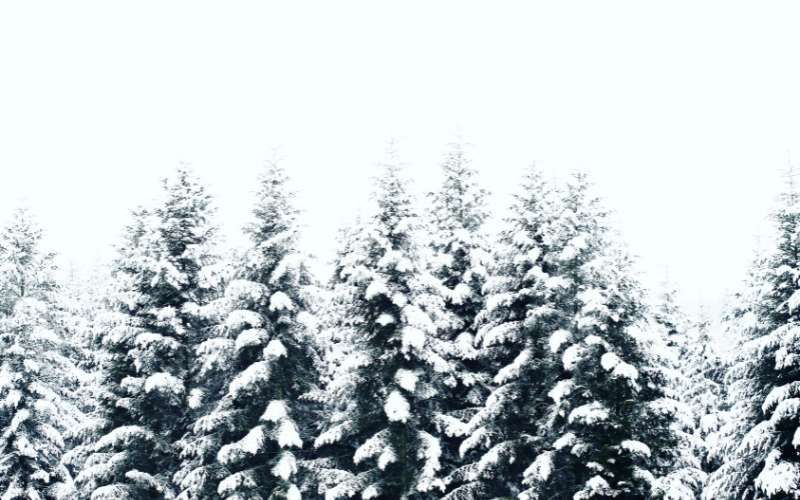
What Do Your Trees Do In The Winter?
Have you ever wondered or even worried about what is happening to your beautiful trees during the winter months? Especially if you have just planted new trees, it can be exceptionally worrisome that they cannot make it through winter. Do you worry your trees could freeze up, similar to unprotected water pipes? Or what if it gets below freezing? Does this cause our trees to die automatically? According to a study by Purdue University, if you have laid mulch around your trees in the shape of a volcano, the below-ground parts of the tree will be insulated. Also, soil and even snow keep the root systems insulated. The part of the tree you need to worry about during winter is the above-ground parts.
Certain deciduous trees like oaks and maples, native to Memphis, already have tons of water inside their branches and trunks. The single most important substance to keep your trees alive is water since nearly eighty percent of the tree is comprised of it. However, if the temperature where you live drops significantly, even the trees known for being cold hardy will freeze.
This accounts for why trees lose their leaves in the cold winter months. The deciduous trees mentioned above will drop leaves to decrease water loss inside the branches and trunks of the tree. Conifer trees such as pines and spruces retain their needles and pinecones (from spruces) all year. Yet, deciduous evergreens, like a bald cypress or larch, trees that also use needles, will drop any damaged needles during winter to keep moisture inside the tree.
If ice crystals form on trees, this can be devastating to the tree’s life because the crystals shred cell membranes, leading to dead leaves and branches and the possibility of the tree itself dying. If you ever notice crystals on your trees, feel free to knock them off! There is good news; fortunately, most trees will live through snow, freezing wind, and brutally cold air with special planning and specific strategies trees have learned over many years.
The dormancy of trees is divided into three phases:
- The tree enters the winter rest stage. During this stage, the leaves change colors. The tree changes its membranes to keep from freezing through winter during this phase, so water is better suited to migrate out of the cells and into places between them.
- During the second stage, the fluids within the cells begin to thicken, creating a natural antifreeze for the tree. Once days become shorter, trees start to convert starch to sugar which aids in lowering the freezing point inside the cells.
- The final stage is considered the glass phase. During this phase, the cell liquid essentially turns into what looks like a solid. This allows the contents of the tree’s cells to keep from crystallizing.
Occasionally weird weather phenomena or overtly extreme conditions can cause a tree to burst from freezing, but this is extremely rare. Trees have been on the earth for many years, with many trees hundreds of years old. They have adapted to the cold uniquely, but proper winter care is essential for taking care of your trees. Especially if they are younger trees. The best way to protect your trees is by providing them with water and mulch to help them survive the winter months. When in doubt, call Rich-Way!